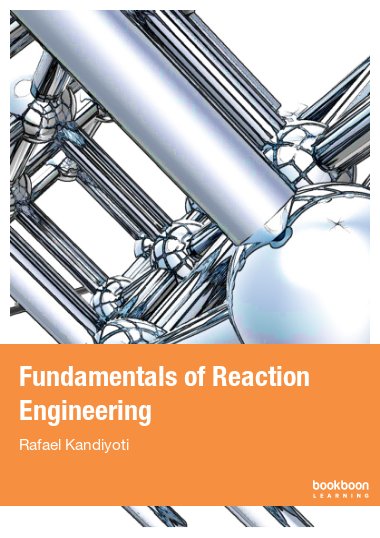The fundamentals of reaction engineering book covers the basic elements of chemical reactor design. Material and energy balances have been derived assuming simple flow patterns: perfect mixing and plug flow. Non-ideal flow is briefly discussed. Exothermic-reversible reactions have been discussed in the context of staged reactor systems. Heat and mass transfer to/from catalyst pellets has been introduced, emphasizing the formulation of global reaction rate expressions. Several different ways of modelling fixed bed catalytic reactors has been described. A companion volume presents worked examples.

